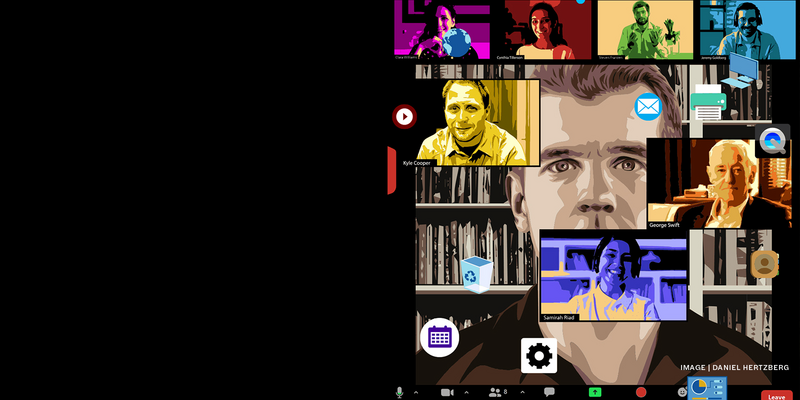CTDO Magazine Article
Member Benefit
Make Nice With Technology
Help employees achieve digital fluency by understanding their working styles related to tech.
PK
By
Thu Jul 15 2021

Loading...
Digital fluency is not about understanding how to use technology—it is all about understanding the latest digital tools; what value they add to the way individuals work; and interpreting, creating, and strategically using digital information.
You've Reached ATD Member-only Content
Become an ATD member to continue
Already a member?Sign In
